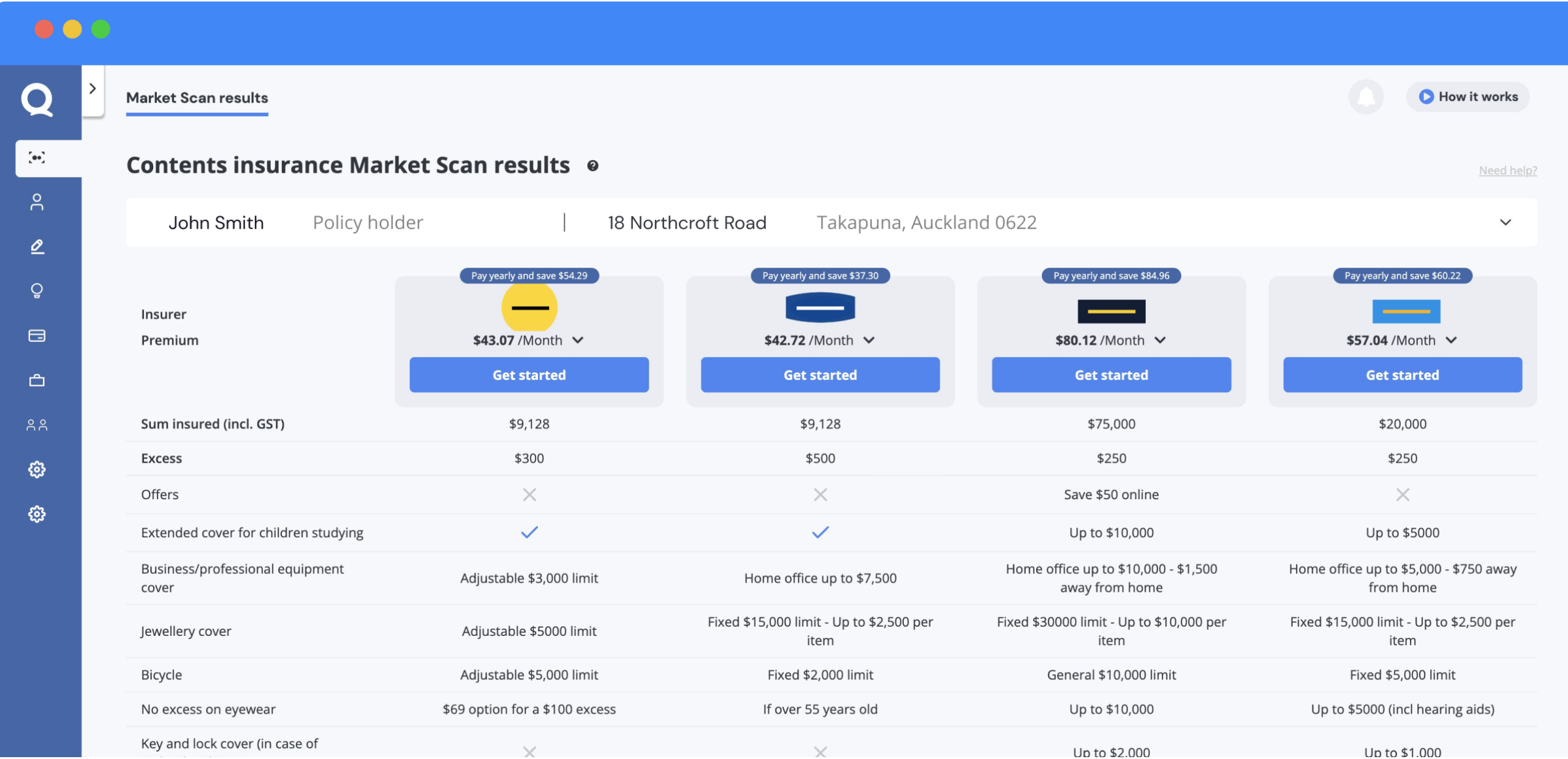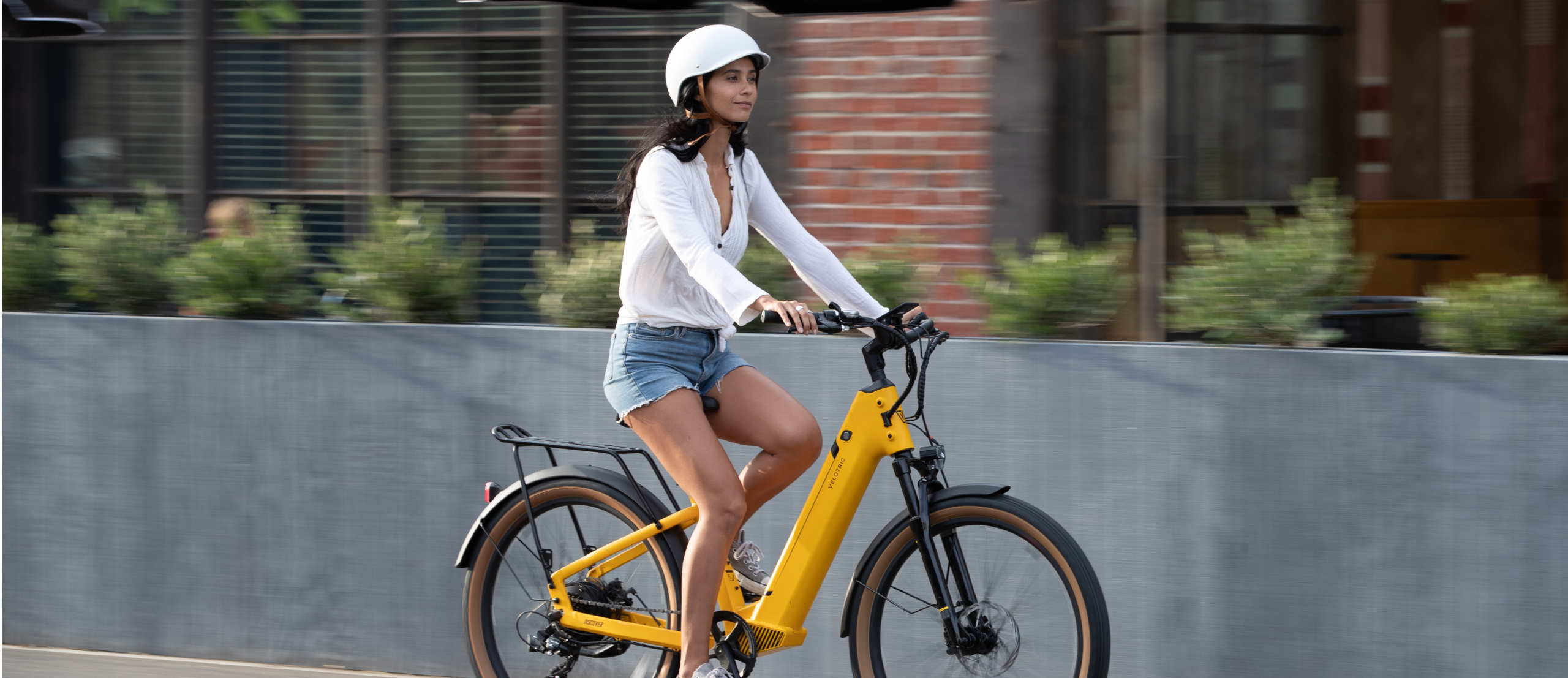
Electric bikes are becoming increasingly popular in New Zealand.
About 75,000 e-bikes were imported in 2021 alone, and with rising fuel costs, traffic congestion and climate change concerns, there’s never been a better time to switch to e-travel.
But taking the leap can be daunting. What do you need to know about e-bikes as a new e-bike owner? This article will answer all of your questions and get you well on your way to living the e-bike dream.
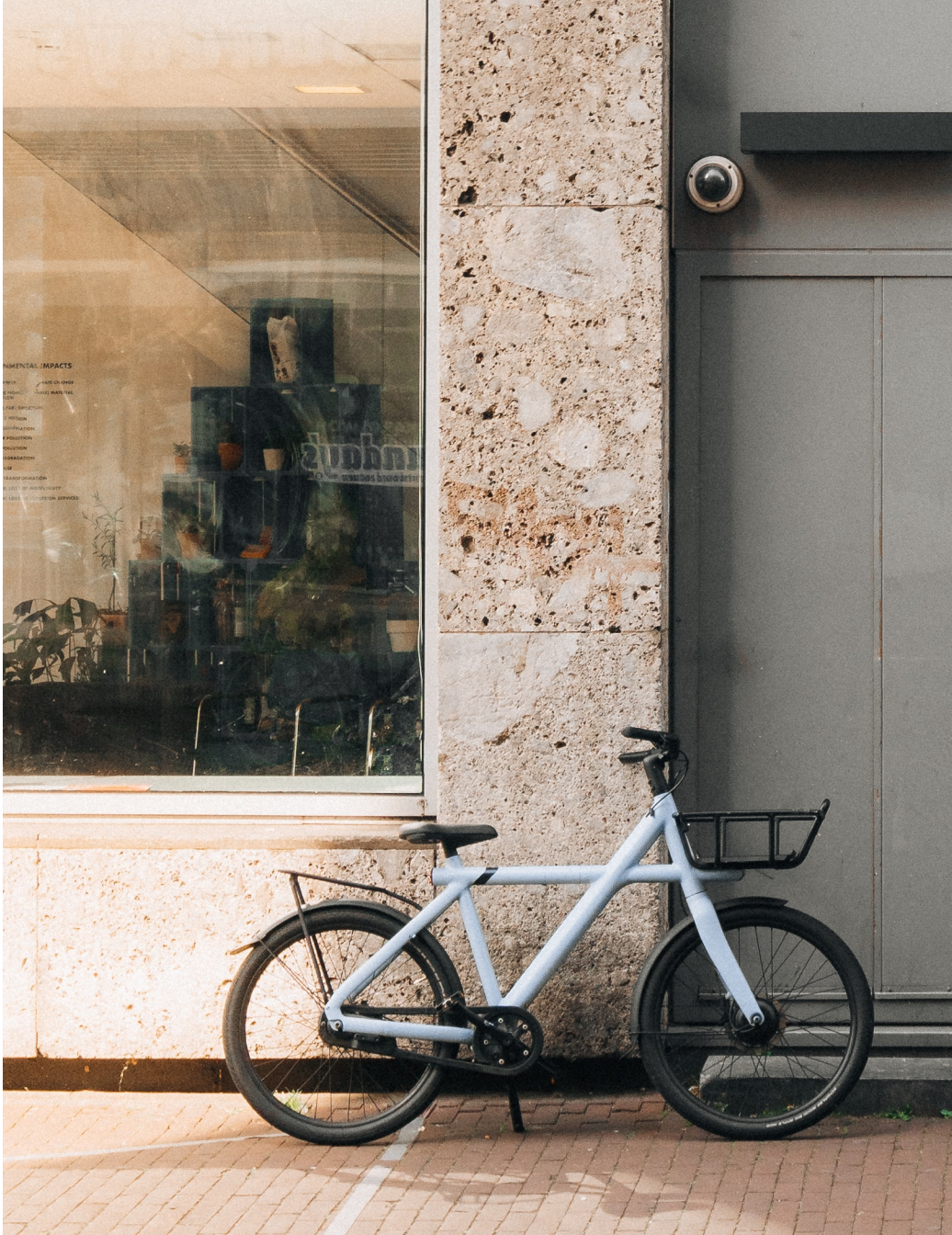
How Do E-bikes Work?
E-bikes work by assisting you with your pedalling. The harder you pedal, the more the engine assists you. The motor should start when you start pedalling, and stop when you stop, so that you don’t notice it’s there.
But there are many different power modes and settings to play with that allow you to customise how the bike rides and be more or less efficient in the way you use the battery power.
Maximum Assist Speed
The maximum assist speed is the maximum speed that the motor will assist with your pedalling. Depending on where the bike was made, this could vary from 25km/hr to 40km/hr.
For most riders, 25-30km/hr is more than adequate. The only time you might consider a 40km/hr max is if you have a particularly long commute.
Hub-drive Vs. Mid-drive
Many e-bikes may at first appear to be ordinary bikes, but with thicker frames and some extra components around the rear wheel or pedal.
If the extra bits are around the rear wheel, then you’ve got yourself a hub-drive e-bike. This means that the motor is located at the centre of the wheel. Hub-drive e-bikes are more affordable, straightforward and fairly easy to maintain.
On the other hand, if you have a chunky pedal area, then you’re looking at a mid-drive motor. Mid-drive e-bikes are a little more expensive but perform better in hilly terrain and off-road situations, as well as having improved balance and efficiency.
The average Kiwi household can save
$2,023.79 a year by shopping their insurance!
Find out how your renewal prices stack up against other options out there!
Are E-bikes Safe?
The safety of your e-bike experience comes down to how you cycle. We’ve all seen the ads – ‘the faster you go, the bigger the mess.’ Well, that’s true for e-bikes too.
Consequently, riding an e-bike is a little more dangerous than a regular bike, simply because you are riding at a greater speed. This means it also takes a little getting used to. Handling the bike at faster speeds can mean that it’s easy to over-correct when steering. But this just comes with practice.
NZTA provides some excellent advice on how to use an e-bike safely. Ride responsibly, wear a helmet, lights, and reflective clothing, and the safety risks will be minimal.
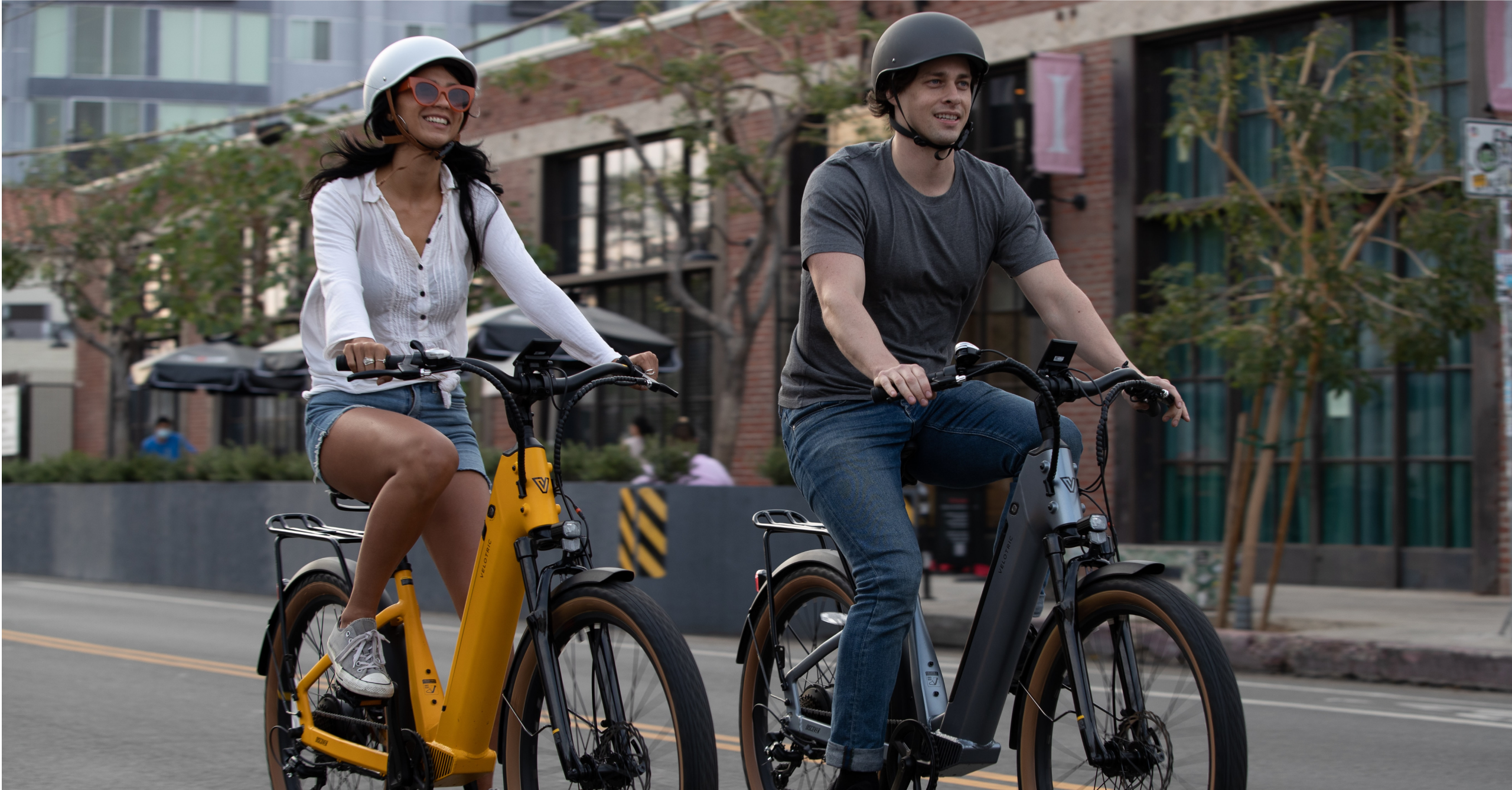
How Much Do E-bikes Cost?
E-bikes are more expensive than ordinary bikes, and the prices vary significantly.
Entry-level e-bikes start at around $2,000, but there are many high-end models that are well in excess of $10,000. For example, the Black City Electric Bike designed for city commuting and leisure use is currently sold at $2,599, whereas the Trek Rail 9 GX Mountain E-Bike designed for off-roading is priced upwards of $11,000.
However, there are plenty of excellent commuter options in the realm of $3,000 - $5,000.
Where Do I Buy an E-Bike From?
E-bikes are sold in a range of places, from specialist retailers to general bike stores.
Torpedo7 has a really good range of e-bikes to choose from and The Electric Bike Team is a dedicated e-bike retailer with a large number of international brands. Electrify and Smartmotion Bikes are locally owned and design their own e-bikes.
If the decision making process gets overwhelming, remember to pay attention to the brand of the componentry, battery and motor, rather than the brand of the bike itself. These working parts are more important as they’re the bits that could fail and cost you in both money and time to replace.
Shimano is a highly reputable brand of bike components, and when it comes to batteries, there are many familiar electronics names that are a safe bet, including Bosch, Yamaha, Samsung and Panasonic.
Lastly, you should really take your prospective purchase for a test ride before biting the bullet. Ideally, try a few different bikes and get a feel for how the different motors work. Some bike stores will let you rent an e-bike for a day so you can really get to grips with it.
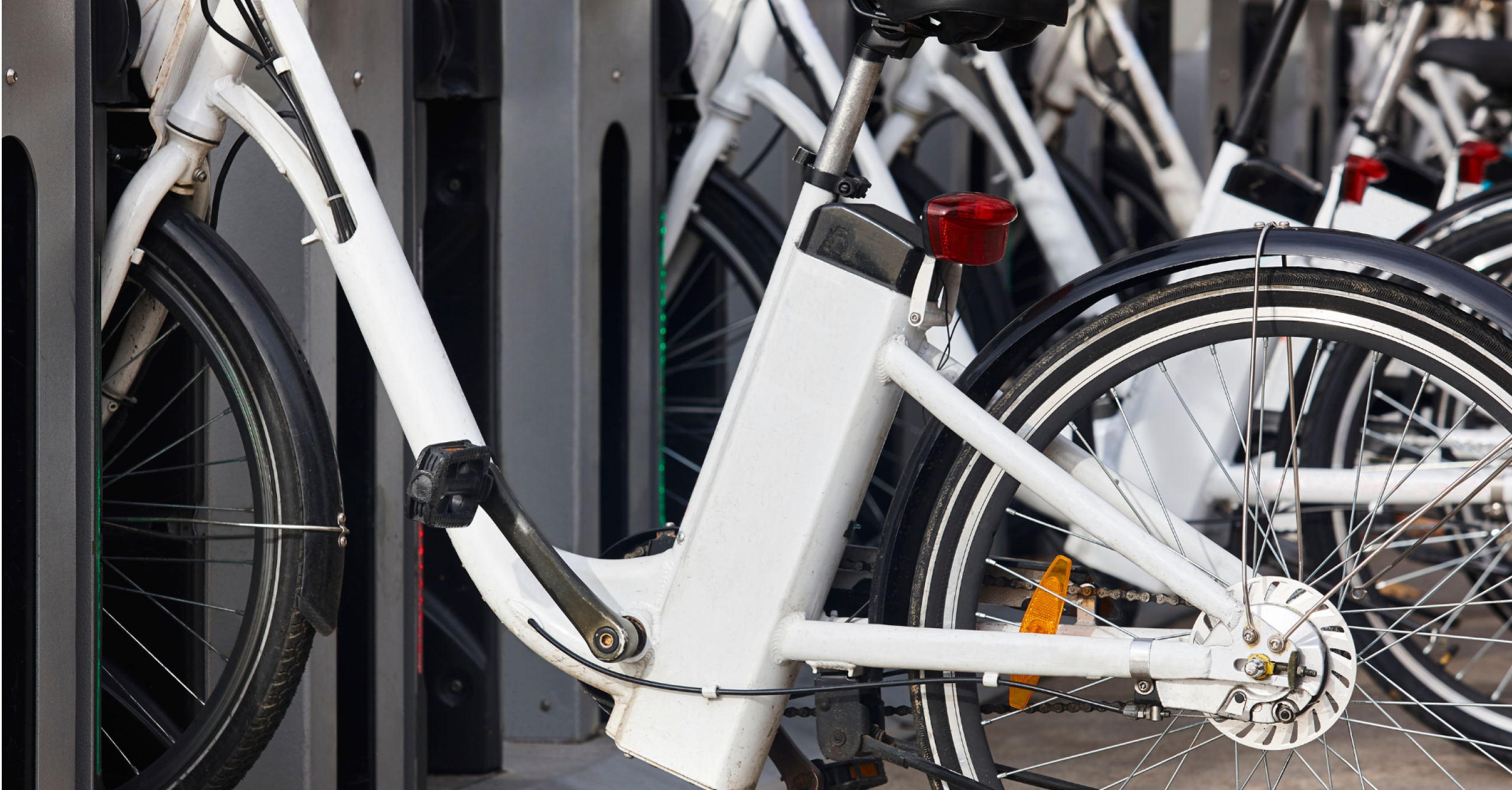
Shop smarter with Quashed
Insurance just got way easier with Quashed. Compare, shop and track all your insurance in one place.
Insuring Your E-Bike
E-bikes are sold in a range of places, from specialist retailers to general bike stores. Now that you’ve invested a considerable amount of time and money into your e-bike, not to mention the sentimental value it might have, you might be wondering – how do I insure my e-bike?
You have two options when it comes to insuring your e-bike – including it in your contents insurance policy or taking out specialist bike insurance.
Contents Insurance
With most providers, such as AA, your e-bike will be covered under the same limit as a regular bike. However, you will need to check this to make sure that a) your e-bike is covered, and b) that the limit is enough to cover the cost of replacing your bike. Some insurers will only cover e-bikes with engines of a certain size.
Furthermore, as e-bike theft, and consequently claims, are on the rise, questions have been raised over whether insurers will continue to allow e-bikes to be included in contents insurance policies at all. Currently, most contents policies do still allow them, but it’s worth bearing in mind for the future.
There are also some restrictions to contents insurance policies that may mean your e-bike isn’t covered in all scenarios. For example, it may not be covered for theft or an accident that occurred away from home. You may find that the limit isn’t enough to cover full replacement, and it’s likely that it won’t be covered if it gets damaged while being transported on a bike rack. Lastly, contents insurance won’t cover you for liability, or third-party insurance, if you have an accident and cause damage with your e-bike.
The graph below gives examples of the limits for bike coverage within contents insurance policies from a range of insurers.
AA | $2,500-$5,000 |
|---|---|
Tower | $1,000-$10,000 |
TradeMe | $5,000 |
State | $2,000 |
Initio | $3,000 |
Vero | $3,000 |
AMI only covers e-bikes under their separate bike insurance add-on when you purchase Advanced Contents insurance. In addition to theft, it has the benefit of covering you while you’re racing and liability if you damage someone else’s property in an accident. It also comes with replacement value cover rather than being tied to a limit.
Specialist Bike Insurance
Revolution Insurance is a New Zealand based company that specialises in bicycle and e-bike insurance. They’re relatively new to the scene but their product is hard to beat. Understandably so as the co-founders are both avid cyclist themselves.
Revolution’s policy includes theft from home, work or a public place, accidental damage, roadside assistance, replacement value cover, liability, accessories, emergency costs, and malicious damage. They cover you regardless of where you are in New Zealand, and the excess is minimal (max. $100) should you need to make a claim. The maximum amount you can insure your bike for with Revolution Insurance is $12,000. It’s worth noting that if your bike is stolen, it is only covered if you were using one of their approved locks at the time.
It's quick and easy to get a quote with Revolution Insurance. For Quashed customers and fans, use the code QUASHED10 to get 10% off your new policy.
Another specialist bike insurer is Sundays. They have been delivering specific bike insurance policies around the world since 2008. Their policies cover you for crashes while riding, theft both from home and away, domestic travel, use of a bike rack, malicious damage, and racing cover. There is also optional cover for accessories, wheelsets, and international travel.
They’re also partnered with Strava so if you’re already a subscriber, you can get free bike coverage which is a massive perk.
Whether you feel your current contents insurance is insufficient and needs changes, or if you are looking for separate e-bike insurance, managing all your insurance policies together is easy with Quashed.
Sign up today and in just a few clicks you can have your own dashboard set up and ready to compare your current policies with what is available online.
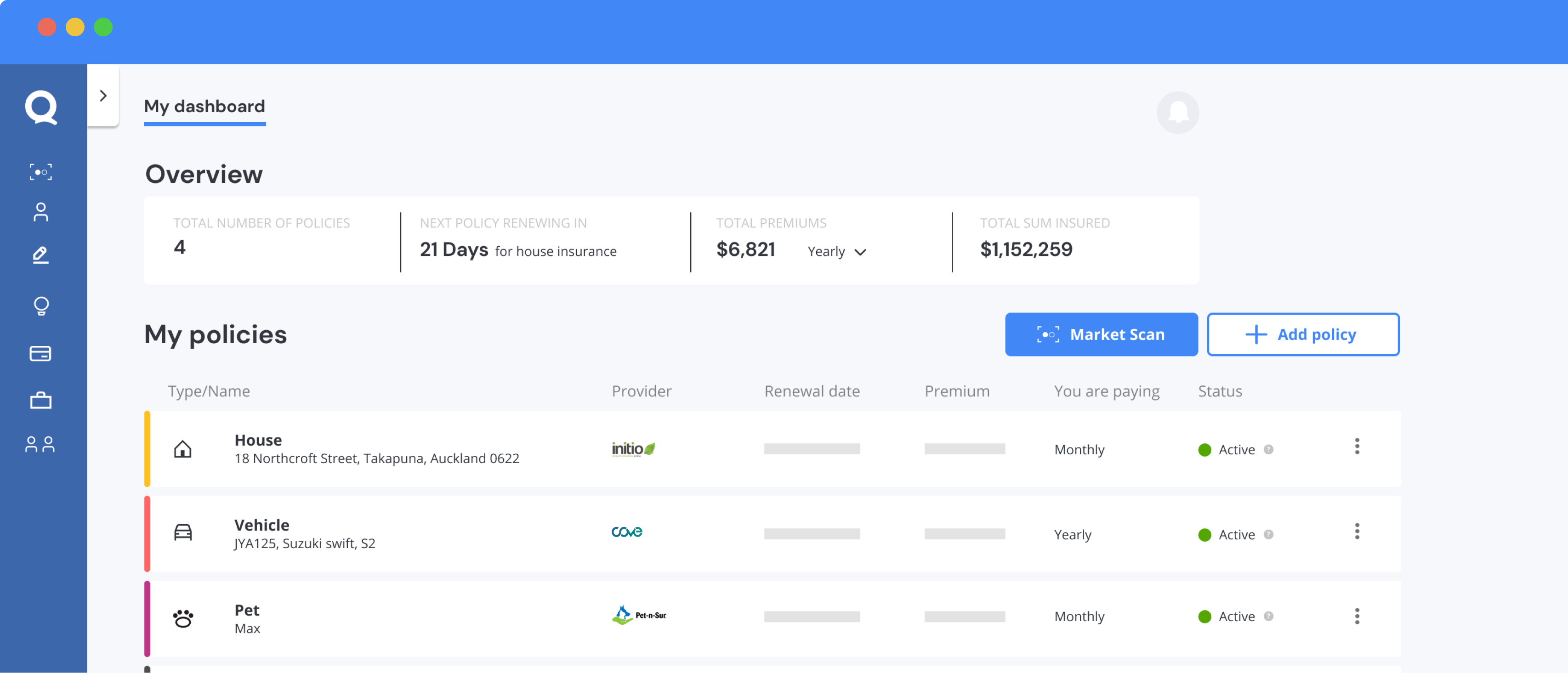
Ownership and Maintenance of E-bikes
As with anything you own, keeping your e-bike clean and in good condition will extend its lifespan and improve its performance.
Here are some general use and maintenance tips to help you out:
After riding in the rain, mud, or dust, give all surfaces a quick wipe over with a damp cloth to prevent the build-up of gunk that will be hard to clean later.
Avoid using a hose or water blasting your e-bike. The electrical parts should be waterproof but the seals aren’t bullet-proof.
Keep the battery charged – even if you don’t want assisted pedalling, e-bikes are heavy and hard work to ride if the battery is flat.
Keep the tyres pumped to a decent pressure – depending on how heavy you are this could be in the range of 80-100 psi.
Check the brake pads for wear regularly and get them replaced when they start to look worn.
Keep your chain clean and lubricated with good quality bike oil, and get it replaced every 3,000km or so. If you let your chain wear out too much, then when you do replace it, you’ll likely have to replace the sprockets as well.
If in doubt, take your e-bike to someone who knows what they’re doing for a once over every so often. Think of it like the service you’d give your car to keep it in good working order.
Last but definitely not least, invest in a good lock and take care to leave your e-bike secure. (It’s good practice to take your battery with you too.) If your locking skills are inadequate and your bike gets stolen, your insurance may not cover you.
Market Scan quotes are direct from insurers
So you won’t pay more with Quashed

What Are the Laws Surrounding E-bikes?
E-bikes are legally restricted by their power output in watts. The maximum allowable power output of the electric motor attached to a bicycle must be less than or equal to 300W in order to be considered an e-bike. A power output higher than this will lead to classification as a moped which then has registration and licence requirements.
Aside from that, the laws surrounding e-bikes are no different from those that apply to normal bikes. Unlike other countries such as the U.S. or in Europe, New Zealand does not have a specific speed limit for e-bikes. Instead, they have the same speed restrictions as other vehicles on the road.
Check out the NZTA cyclist code for more information on the responsibilities and rights when cycling, regardless of whether you are riding an e-bike or normal bike.
Hopefully this article has answered all of your e-bike questions. Don’t hesitate to jump over to Market Scan and check out the different contents policies on offer.
